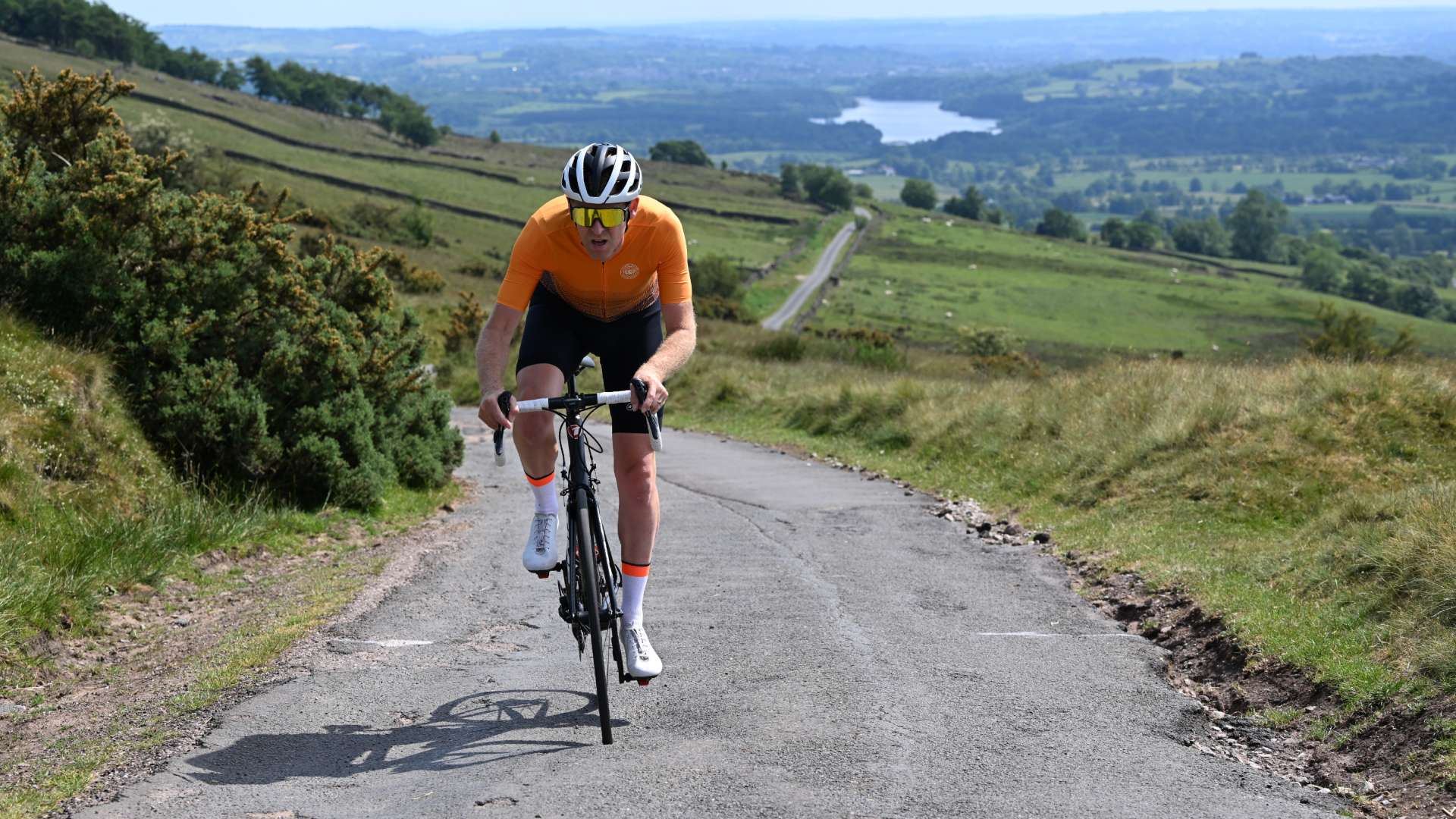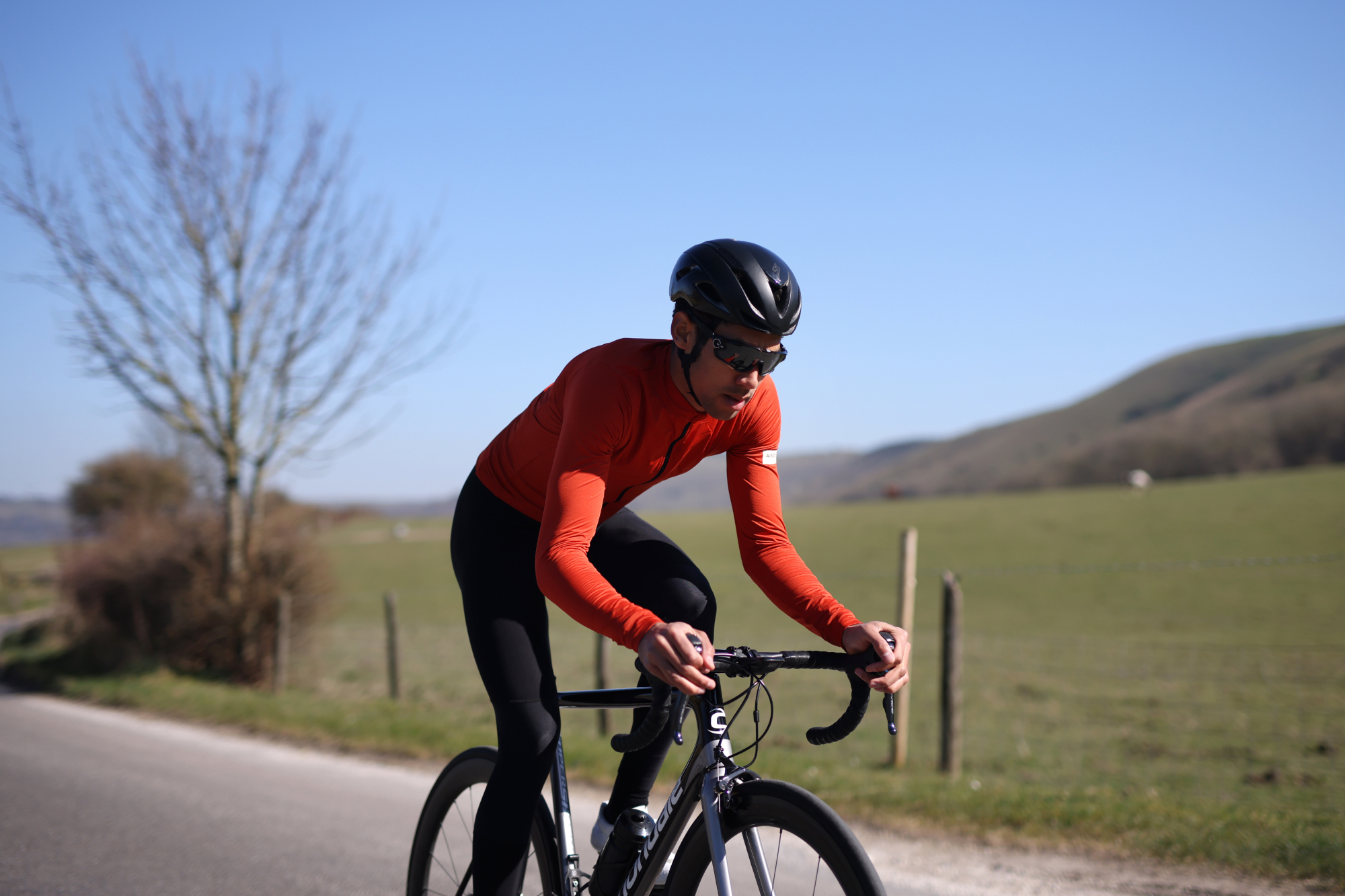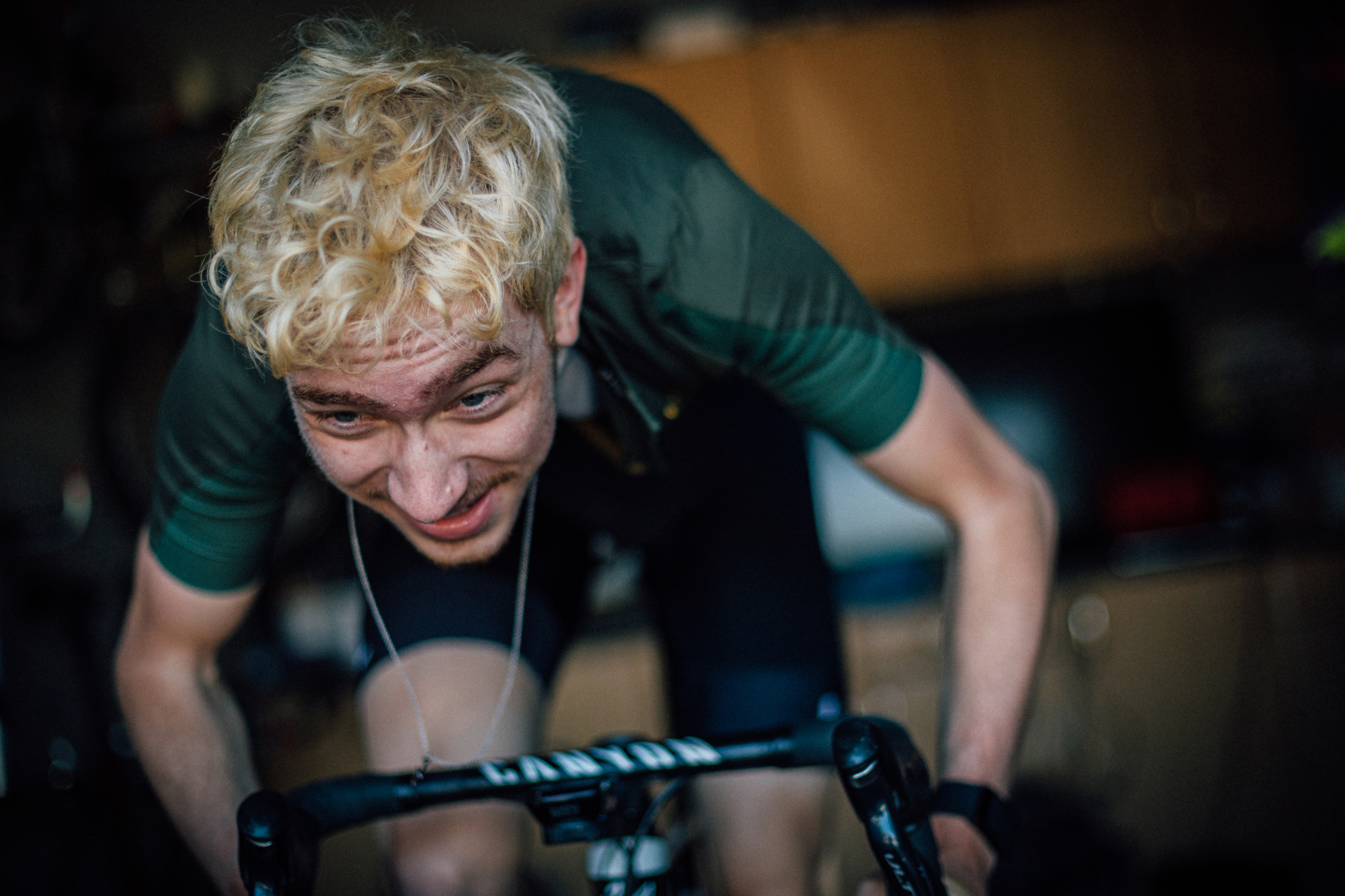Too much too soon? How to increase your cycling training most efficiently
Stagnation and overtraining are two all too common pitfalls - here’s how to avoid them


Progressive overload is an important component of cycling training. Simply put, as you adapt to training, you need a larger and larger stimulus to drive further adaptations.
The obvious next question is, how quickly should the training stimulus be increased so that you make fitness gains and don't get stuck in a training rut?
Unfortunately, there isn’t a ‘one size fits all’ answer - we cannot simply say that the training load needs to progress by a certain percentage each week. However, several key markers can guide when we need to increase the training load.
A great way to do this is to look at the relationship between power output (an external measure) and two internal measures; heart rate and RPE (how hard it feels).
If in any given session, the ratio between power output and HR and RPE is increased, then that is a positive change and it’s time to increase the training load. The reason it’s important to look at both heart rate and RPE is that one of the signs of fatigue is a slower response in heart rate. Therefore, in shorter efforts, it can sometimes be difficult to get the heart rate up and, if you ignored RPE, this would appear to be a positive change whereas it’s actually the opposite.
So now we know how we identify when we need to increase the training load – by how much?
When to increase training load and by how much
Long endurance rides

In longer rides, I always look at the change in the ratio of power and HR and RPE between the first and second half of the ride. If there is no change between the first and second half of the ride, then you can go a little longer in your next endurance ride.
Get The Leadout Newsletter
The latest race content, interviews, features, reviews and expert buying guides, direct to your inbox!
A good rule of thumb is that if the change is less than 5 per cent then your endurance rides are about the right length and if the change is more than 5 per cent your rides are too long. If it’s time to make these rides longer I would suggest adding 30-60 mins and then seeing where you are at. I would not suggest that you increase the intensity of these rides.
Short intensive rides

Just as with the longer rides we can use key metrics to guide how to progress these rides. Typically, it’s time to progress your intensive sessions when there is no difference in the ratio between power output and HR and RPE from the first to the last effort. Once you get to that point there is scope to increase the training load in the intensive sessions.
With intense sessions, things get a little more complicated. There are five ways in which you can make a high-intensity session harder:
1) You can make the efforts more intense
2) You can make the efforts longer at the same intensity
3) You can do more efforts
4) You can reduce the amount of recovery between efforts
5) You can change the efforts – making them more specific
My advice is to only change one of these components at once, changing more than that is a recipe for disaster. You will likely either not be able to complete the session or will make yourself so tired in the progress that it will take multiple days to recover, and will end up missing some training.
Let’s look at each change in turn and see which key metrics might inform making that change.
Make the efforts harder
We typically only want to make the efforts harder when two criteria are met, 1- the efforts are already very specific to the demands of your target event and 2 – there has been a substantial change in fitness. It may be that you have done an FTP or Critical Power test and your threshold has changed. That would be a good time to increase the intensity at which you are doing the efforts.
Make the efforts longer (at the same intensity)
This is a nice option to make the efforts more specific- For example, if you are targeting a 25-mile TT you might want to go progressively longer with your ‘threshold’ style efforts or how long you hold your TT position.
Do more efforts
This is probably the easiest way to progress an intense session, if you are handling 3 x 3 mins just fine why not add another effort? You’ll be surprised at just how hard that additional effort feels.
Reduce the amount of recovery between efforts
This change is best reserved for when you are trying to make the efforts race-specific, or you are trying to make the efforts more ‘aerobic’ in nature. Less recovery means those anaerobic pathways don’t get the chance to recover as much and more stress is placed on the aerobic system.
Make the efforts more specific
This is a really nice way to progress your intense sessions as you approach your goals or the racing season. Making efforts more specific will better replicate the event demands and can help prepare you nicely, both mentally and physically, to go into racing.
So when it comes to progressing a cycling training plan my advice is to be guided by the data rather than just guessing or applying an arbitrary increase. The ratio between power output and HR and RPE will tell you when it’s time to move things forward. The exact circumstances, and where you are in your training in relation to your goals, will inform you how to progress your training. If I had to give one piece of advice it would certainly be to only change one thing at a time.

Thank you for reading 20 articles this month* Join now for unlimited access
Enjoy your first month for just £1 / $1 / €1
*Read 5 free articles per month without a subscription

Join now for unlimited access
Try first month for just £1 / $1 / €1
James Spragg is a sports scientist and coach, working both in research and applied settings. When not working with athletes James can be found skiing, climbing, cycling or drinking coffee!
Alongside Dan Lorang and Peter Leo, James runs Intercept Performance Consultancy. Over the last 8 years in various roles, as coaches, performance consultants, performance managers, and sports scientists, Dan, James and Peter have played a role in helping athletes achieve more than 10 World Championship titles, several Olympics medals (including a Gold and Silver Medal in Tokyo 2020) and several Top 5 results in some of the biggest sporting events on the planet (Tour de France, Olympics, World and European Championships). Our single focus is on improving performance in all settings.
-
 A bike rack with an app? Wahoo’s latest, and a hub silencer – Sea Otter Classic tech highlights, Part 2
A bike rack with an app? Wahoo’s latest, and a hub silencer – Sea Otter Classic tech highlights, Part 2A few standout pieces of gear from North America's biggest bike gathering
By Anne-Marije Rook
-
 Cycling's riders need more protection from mindless 'fans' at races to avoid another Mathieu van der Poel Paris-Roubaix bottle incident
Cycling's riders need more protection from mindless 'fans' at races to avoid another Mathieu van der Poel Paris-Roubaix bottle incidentCycling's authorities must do everything within their power to prevent spectators from assaulting riders
By Tom Thewlis